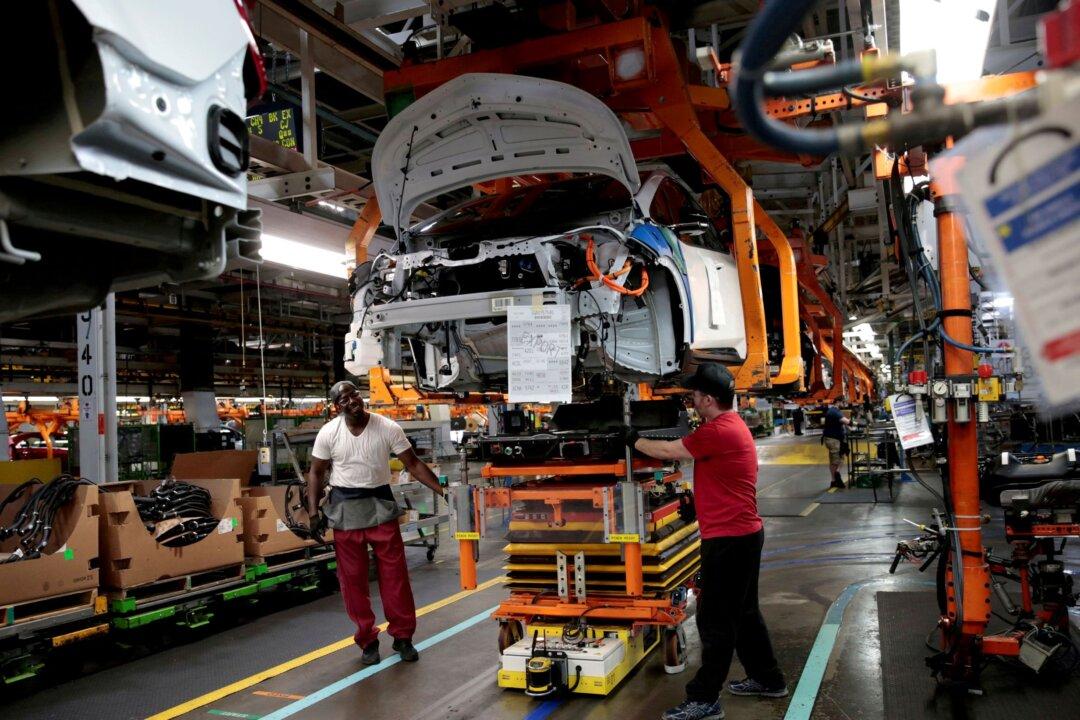Americans looking to purchase an electric vehicle (EV) could qualify for a tax credit of up to $7,500 in 2023 as part of the Biden administration’s push to ensure that half of all new vehicles sold in 2030 are electric or plug-in electric hybrids.
The tax credits were created as part of President Joe Biden’s Inflation Reduction Act, signed into law in August. The White House says EVs, which cost significantly more than traditional combustion engine vehicles, are better for the climate.





